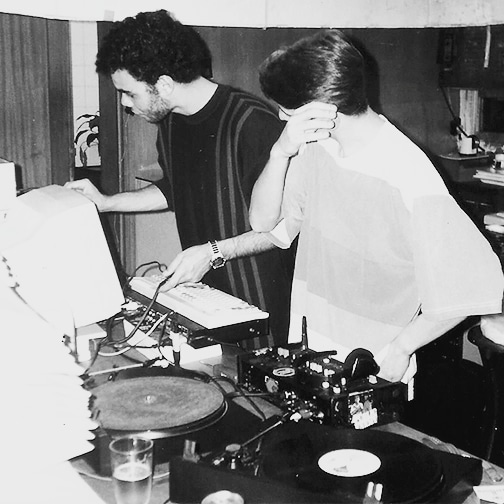
Marcelo Caetano
Assistant Professor, Department of Music

- Q&A
- Biography
Q&A
What excites you most about joining our School of Arts and Humanities community?
“The department of music at UC San Diego has a vibrant and active community of music technology enthusiasts. I feel right at home.”
Why did you choose your field? Why should students consider studying the arts and humanities?
“I'm actually trained as an engineer, which I chose because of music! I started studying music and discovered that a traditional music education was not what made me tick. My passion for electronic music drove me to engineering and music technology.”
What research or project are you working on currently?
“I'm currently using musical instrument sound morphing to investigate timbre perception.”
What’s your favorite class to teach and why?
“Musical cognitive science because it gives me the opportunity to share knowledge that I'm passionate about, such as sound perception and music.”
What is something about yourself that is not typically included in your bio?
“I learned to speak Finnish when I was an exchange student in Finland with AFS.”

Biography
Marcelo Caetano earned a Ph.D. in signal processing from UPMC Paris 6 University/IRCAM in 2011 under the supervision of Xavier Rodet, then head of the Analysis/Synthesis group at IRCAM. He was a postdoctoral fellow at the Foundation for Research and Technology (FORTH) in Greece, The Institute for Systems and Computer Engineering, Technology and Science in Portugal, and the Grupo de Investigación Aplicación de las Tecnologías de la Información y Comunicaciones (ATIC-UMA) in Spain.
His research interests range from musical instrument sounds to music modeling, including analysis/synthesis for sound transformations and music timbre.
Between 2020 and 2023, Caetano was a Marie-Curie fellow with CIRMMT-McGill and CNRS-PRISM developing the MORPH project, which uses musical instrument sound morphing to investigate the perception of timbre and to allow composers and performers to explore sound morphing creatively.
